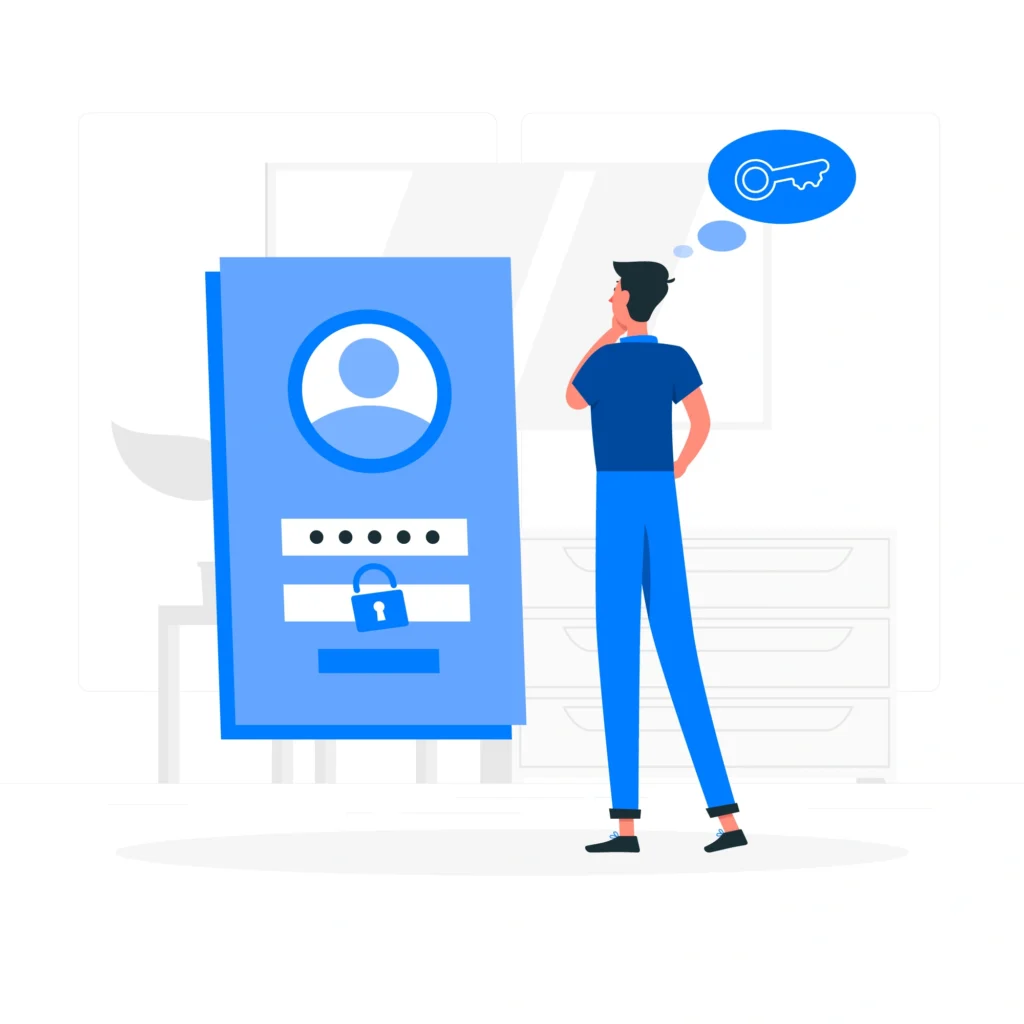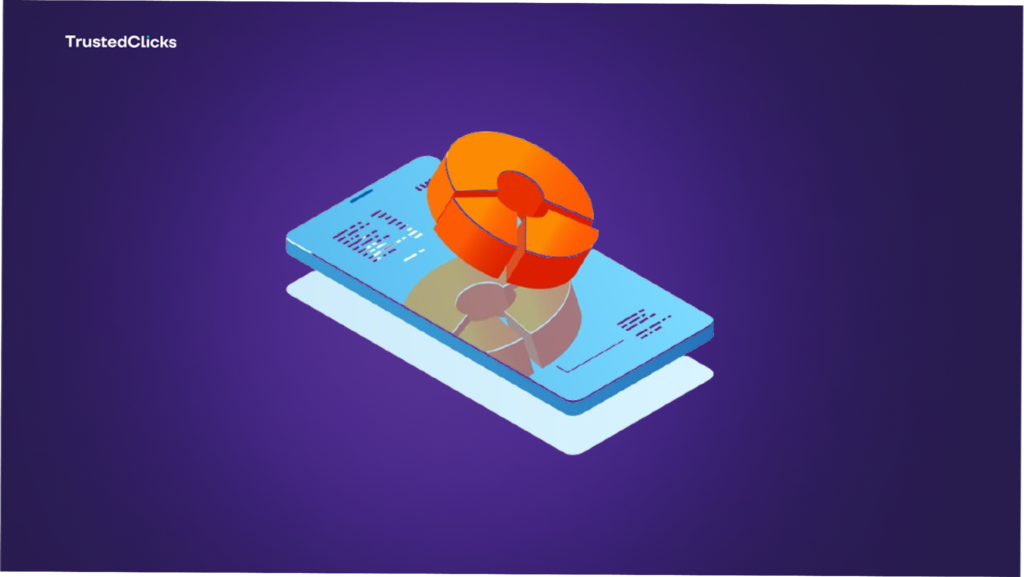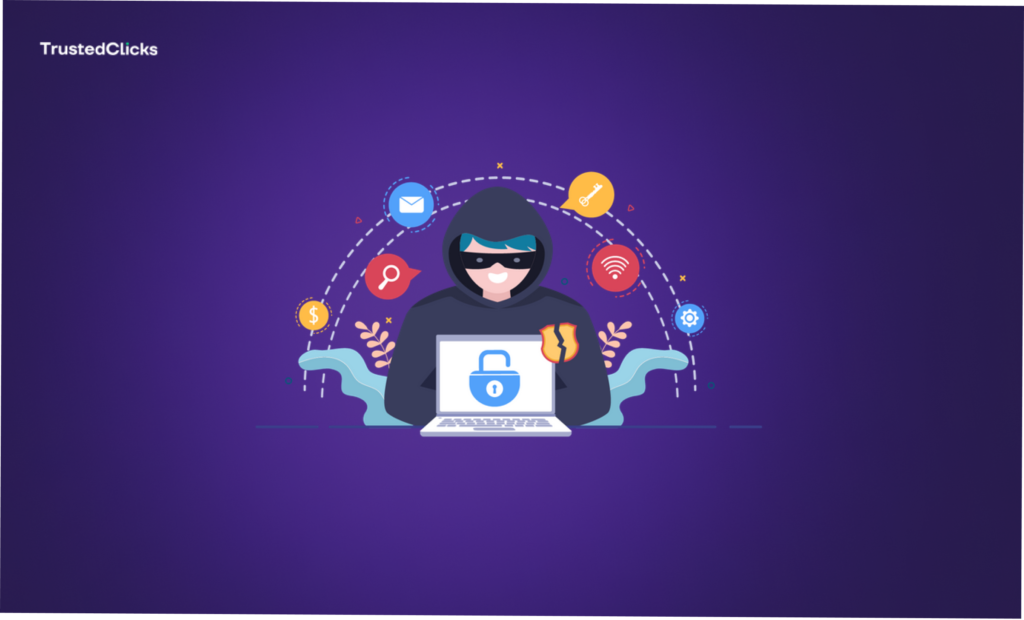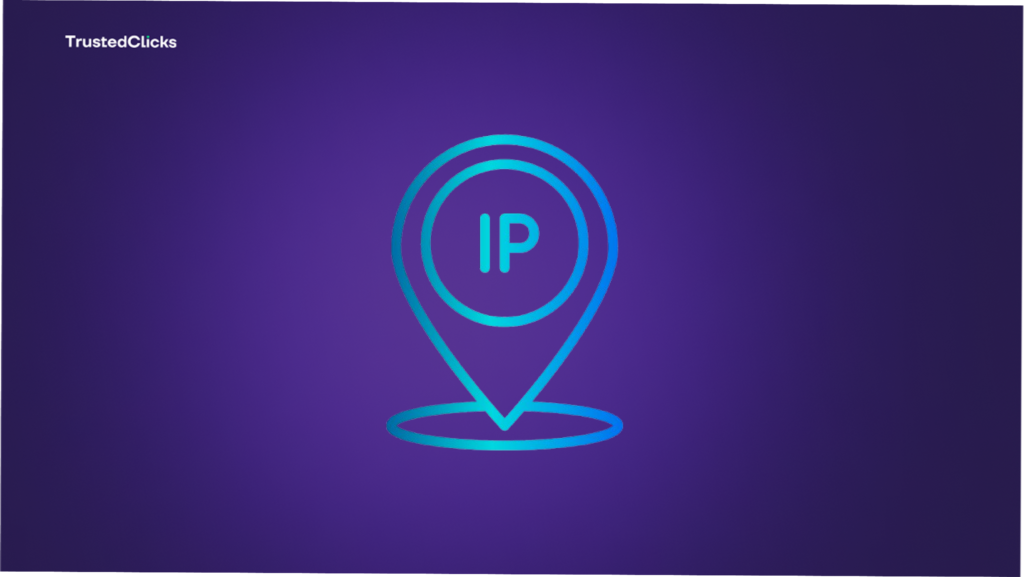- Website security, E-Commerce Security
How Businesses Can Identify High-Risk Users: A Deep Dive into Mitigating IP Risk


What Is IP Scoring and Why Does It Matter?
At its core, IP scoring is a risk assessment method that analyzes an IP address’s characteristics and behavior to gauge its trustworthiness. Think of it as a digital bouncer for your online storefront, checking IDs at the door to keep troublemakers out. An IP address tied to a history of phishing might score an 0.8, while one from a residential user with no red flags might sit at a 0.1. This scoring system empowers businesses to make fast, data-driven decisions about who gets in and who gets flagged.
Why does this matter? High-risk users—whether bots, fraudsters, or hackers—can devastate a business. They might create fake accounts to exploit promotions, use stolen credit cards for purchases, or launch DDoS attacks to cripple your servers. By identifying these threats early, IP scoring minimizes financial losses, protects customer trust, and keeps your platform running smoothly. Plus, with automation, it scales effortlessly, making it a must-have for businesses of all sizes.
Step 1: Get Acquainted with IP Scoring Mechanics
To use IP scoring effectively, you need to understand what goes into it. Providers of IP reputation services analyze a mix of static and dynamic data points:
- Geolocation: Is the IP from a high-fraud region? A sudden login from Nigeria on an account typically based in Canada could raise eyebrows.
- Connection Type: Residential IPs are generally safer than those from data centers, proxies, or TOR nodes, which fraudsters often use to hide their tracks.
- Historical Behavior: Has this IP been linked to spam, malware, or brute-force attacks? Past sins stick around in blacklists and reputation databases.
- Usage Patterns: Is the IP blasting through dozens of login attempts in seconds? That’s a bot signature, not a human one.
These factors combine into a score that reflects the IP’s profile. Businesses can then set rules—like “block anything over 75” or “review scores between 50 and 75”—to act on this intel.
Step 2: Implement Real-Time IP Analysis
Timing is everything. The sooner you spot a high-risk user, the less damage they can do. That’s where real-time IP analysis comes in. By integrating an IP scoring API into your platform, you can evaluate users as they interact—at signup, login, checkout, or any key touchpoint. For instance:
- A gaming platform might check IPs during account creation to block bots gaming free trials.
- An online bank could score IPs at login, flagging a sudden shift to a risky address for extra authentication.
Real-time scoring doesn’t just catch threats; it also speeds up approvals for low-risk users, keeping your funnel frictionless.
Step 3: Spot Anonymity Red Flags

High-risk users love to hide. Proxies, VPNs, and TOR networks are their go-to tools for masking identity, and IP scoring systems are built to sniff them out. An IP tied to a known VPN provider might bump its score by 0.2 points, while a TOR exit node could push it straight to 0.9+. Why? Legitimate users rarely need this level of anonymity—fraudsters do.
Consider an e-commerce example: A customer places a $1,000 order from an IP linked to a proxy in Eastern Europe, far from their billing address. The IP score jumps, triggering a manual review or a hold on the order. By catching these red flags, businesses stop chargebacks before they start.
Step 4: Track Behavioral Anomalies
Static data like geolocation is just the start—behavior tells the real story. IP scoring can monitor how an IP interacts with your platform over time. Signs of trouble include:
- Velocity Spikes: An IP creating 50 accounts in five minutes isn’t a person—it’s a script.
- Inconsistent Usage: An IP hopping between countries in hours defies normal travel patterns.
- Suspicious Timing: A flurry of late-night transactions from a new IP might signal a stolen account.
A streaming service, for instance, might flag an IP streaming 10 accounts simultaneously—likely a credential-stuffing attack. By setting behavioral thresholds, businesses can catch these patterns and act before the damage spreads.
Step 5: Leverage Blacklists and Historical Data
IP scoring isn’t just about what’s happening now—it’s about what’s happened before. Many scoring systems pull from vast databases of blacklisted IPs, flagging addresses tied to past misdeeds like phishing campaigns or ransomware distribution. If an IP’s been naughty, its score reflects that baggage.
For a subscription business, this is gold. An IP on a blacklist for spamming might be planning to exploit a free trial with fake accounts. Blocking it upfront saves cleanup later.
Step 6: Layer IP Scoring with Other Signals
IP scoring shines brightest when it’s not working alone. Pair it with other user data for a 360-degree risk assessment:
- Device Fingerprinting: A high-risk IP on a brand-new device? Double trouble.
- Email Analysis: Disposable emails (e.g., temp-mail.com) plus a risky IP scream fraud.
- Transaction History: A low-risk IP with a history of chargebacks might still need scrutiny.
Imagine a fintech app: A user logs in from a moderately risky IP (score: 0.6), but their device has been used in fraud before, and their email is a throwaway. That combo pushes the risk profile over the edge, prompting a block. Layering signals like this sharpens accuracy and cuts false positives.
Step 7: Tailor Risk Thresholds to Your Business
One size doesn’t fit all. A small blog might tolerate more IP risk than a high-stakes crypto exchange. Customizing scoring thresholds lets you align security with your goals:
- Low Tolerance : Approve only the safest IPs—ideal for banks or luxury retailers.
- Medium Tolerance : Allow some gray area, with reviews for mid-range scores—good for SaaS or gaming.
- High Tolerance : Prioritize user access over strict security—fits low-risk e-commerce.
A travel site might let IPs up to 70 book flights but require extra steps for scores above that, balancing conversions with fraud prevention. Test and tweak these cutoffs to find your sweet spot
Step 8: Automate for Scale and Efficiency
Manual reviews are a relic. With IP scoring, businesses can automate decisions—approving low-risk users, challenging mid-risk ones (e.g., with CAPTCHA), and blocking high-risk IPs outright. This scales with traffic, whether you’re handling 100 users a day or 100,000.
Take a ticketing platform during a concert drop: Thousands of IPs hit the site at once. Automated scoring filters out bot-driven IPs (say, scores above 0.8) while letting fans through, ensuring fair access without crashing the system. Automation keeps you agile and cost-effective.
Real-World Examples in Action
- E-commerce: A retailer spots an IP (score: 0.8) from a VPN in a fraud-hotspot country ordering five laptops to a new address. They hold the order, request ID verification, and dodge a $3,000 loss.
- SaaS: A project management tool blocks an IP (score: 0.9) tied to a data center creating 20 trial accounts—stop
What are the risks associated with IP addresses?
DDoS attacks: Attackers can target a specific IP address with Distributed Denial of Service (DDoS) attacks to overwhelm servers.
• IP address spoofing: This involves falsifying the origin of data packets to trick systems into thinking they come from a trusted source.
• Geolocation tracking: IP addresses can be used to track a user’s geographic location, which may lead to privacy concerns.
• Port scanning: Malicious actors can scan IP addresses for open ports and vulnerabilities in the network.
• IP address hijacking: Attackers may try to gain control over a specific IP address to redirect traffic or steal sensitive information.
What does a high-risk IP score mean ?
A high-risk IP address refers to an IP that has been linked to malicious activities such as cyberattacks, spamming, hacking, or bot traffic. These IPs are often flagged due to irregular traffic patterns, phishing attempts, or unauthorized access that could jeopardize security. TrustedClicks assigns an IP risk score ranging from 0 to 1 to assess the threat level of each IP address:
• Low Risk (Below 0.4): Indicates a low chance of malicious activity. IPs in this range are generally safe with minimal risk.
• Medium Risk (0.4-0.85): Shows signs of suspicious behavior. While not necessarily harmful, these IPs should be monitored and handled with caution.
• High Risk (Above 0.85): Signals a high likelihood of harmful or fraudulent activity, suggesting the IP is involved in activities like hacking, bot traffic, or data breaches.
By assigning these risk scores, TrustedClicks enables businesses to proactively block or flag high-risk IPs, creating a safer environment and reducing the risk of data breaches, account takeovers, and other cyber threats.
Table of Contents
Join our community!
Subscribe to our newsletter for the latest updates, exclusive content, and more. Don’t miss out—sign up today!
Recent Posts

Geolocation & IP Fraud Scores: Strengthening Your Security Strategy
- 5 mins read

How IP Scores Influence DDoS Attacks and Phishing Detection
- 4 mins read

IP Quality Score Is The Silent Metric That Could Make or Break Your Business
- 6 mins read



